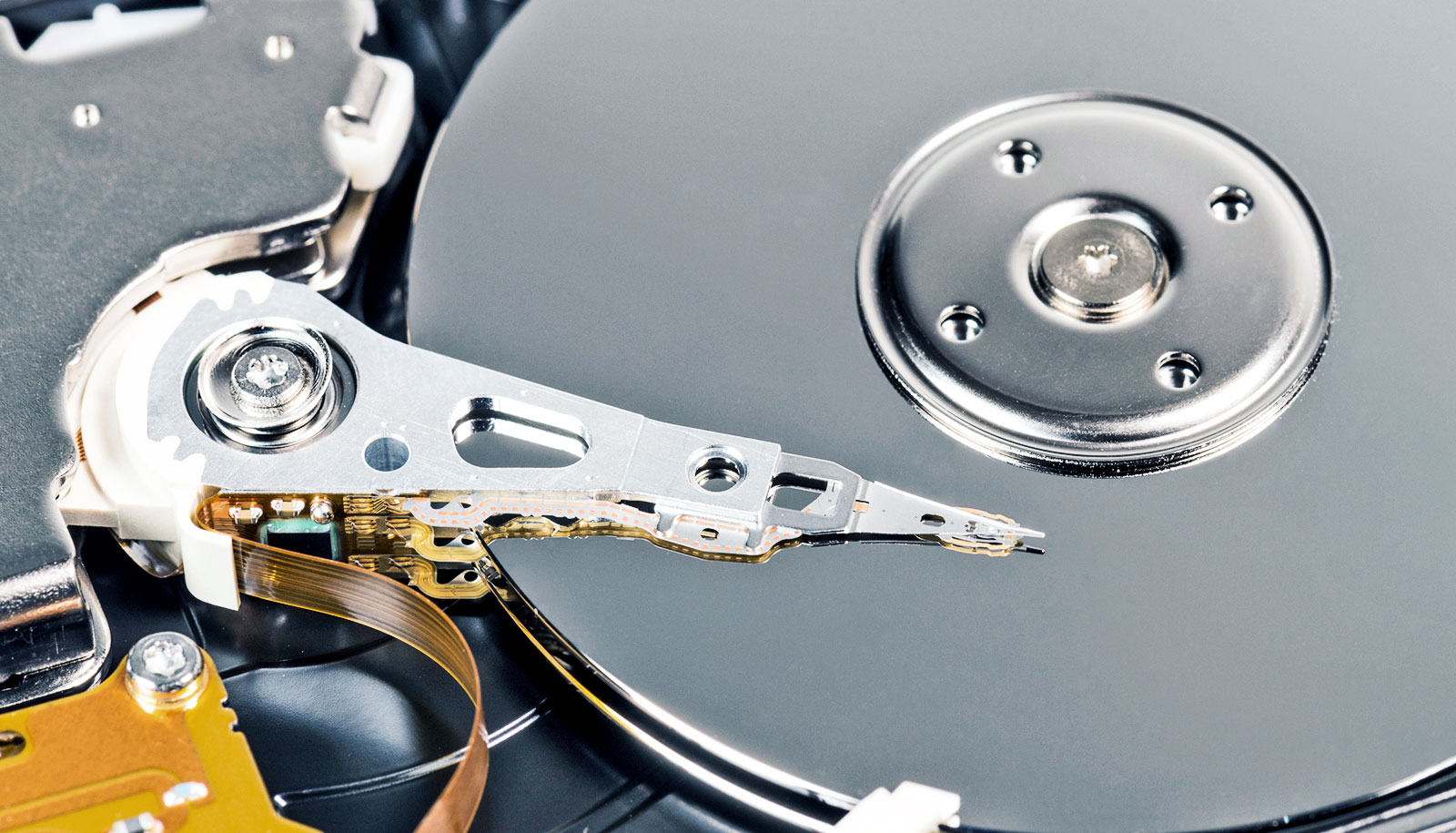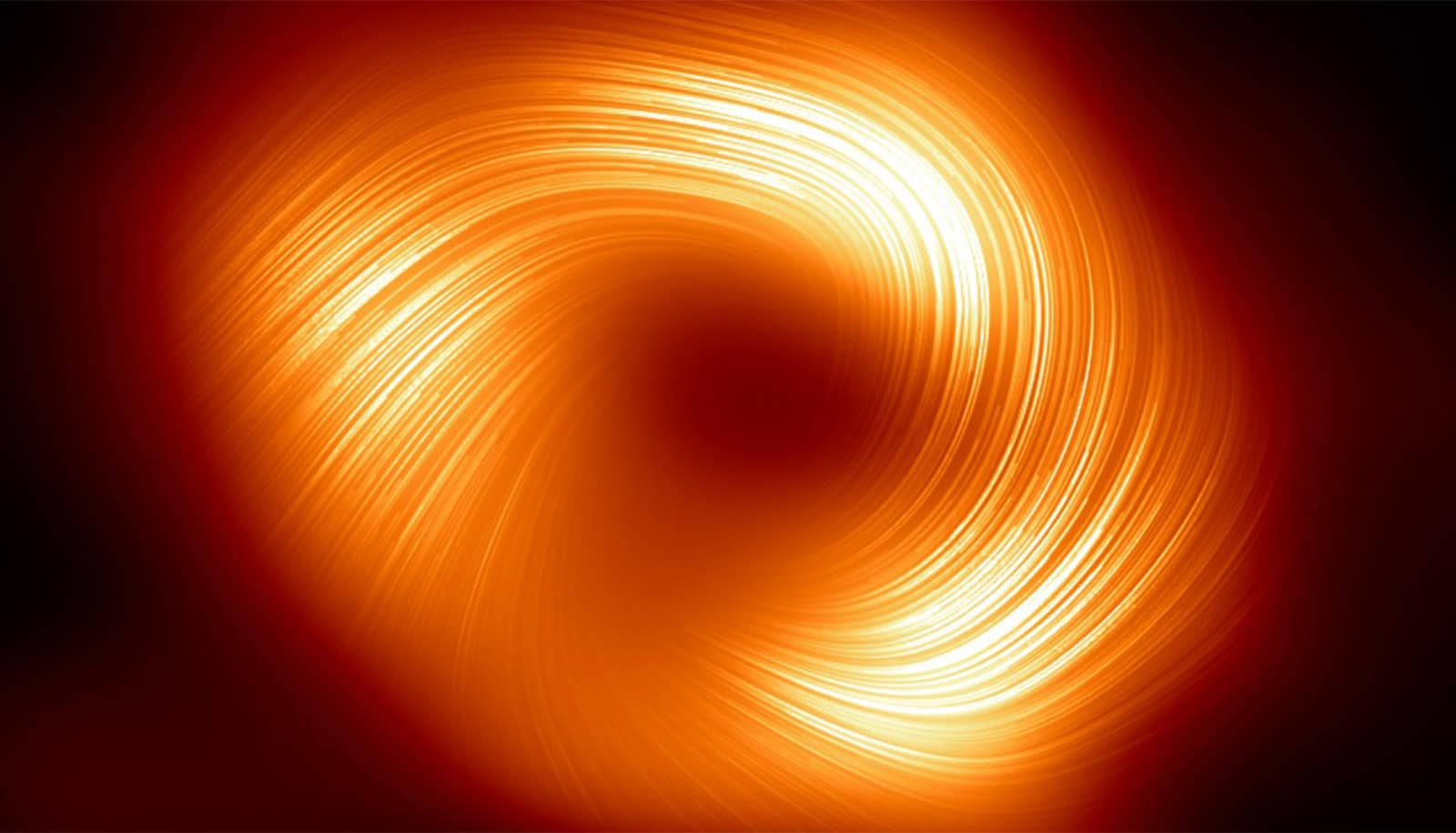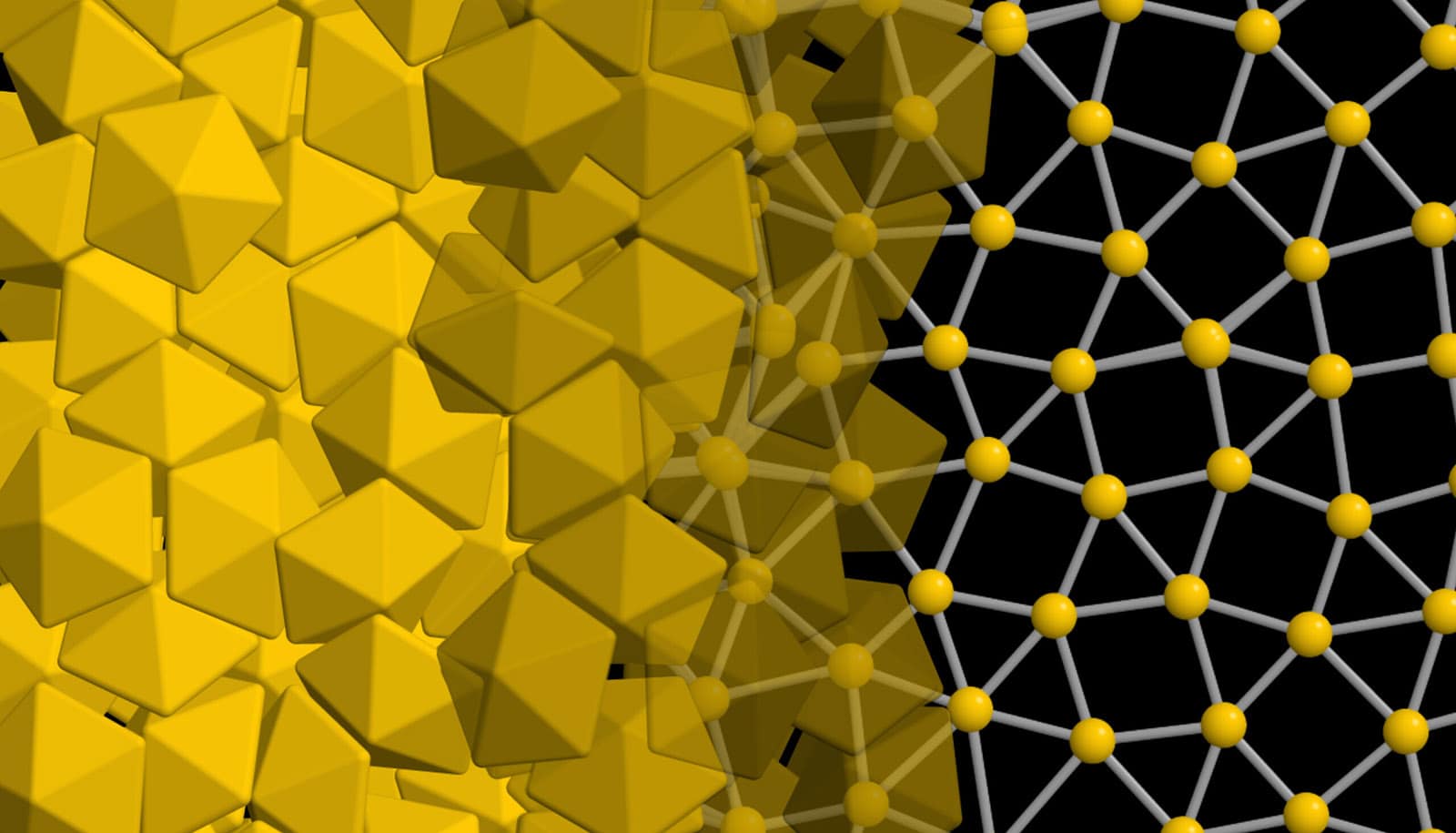Researchers have developed a new way to alleviate many of the issues that make magnetic data storage for computer hard disks and other data storage hardware problematic, including speed and energy use.
“This gives us the hope that our technology should be suitable for applications in magnetic RAMs…”
For almost seventy years now, magnetic tapes and hard disks have been used for data storage in computers. In spite of many new technologies that have arisen in the meantime, the controlled magnetization of a data storage medium remains the first choice for archiving information because of its longevity and low price.
As a means of realizing random access memories (RAMs), however, which are used as the main memory for processing data in computers, magnetic storage technologies have long been considered inadequate. That is mainly due to its low writing speed and relatively high energy consumption.
Pietro Gambardella, professor at the materials department of ETH Zurich, and his colleagues, have now shown that using a novel technique, faster magnetic storage is possible without wasting energy.
Spin-orbit-torque
Traditional magnetic data storage technologies use tape or disk data carriers coated with a cobalt alloy. A current-carrying coil produces a magnetic field that changes the direction of magnetization in a small portion of the data carrier.
Compared to the speeds of modern processors, this procedure is very slow, and the electric resistance of the coils leads to energy loss. It would, therefore, be much better to change the magnetization direction directly, without taking a detour via magnetic coils.
In 2011, Gambardella and his colleagues already demonstrated a technique that could do just that: An electric current passing through a specially coated semiconductor film inverted the magnetization in a tiny metal dot. This is made possible by a physical effect called spin-orbit-torque.
In this effect, a current flowing in a conductor leads to an accumulation of electrons with opposite magnetic moment (spins) at the edges of the conductor. The electron spins, in turn, create a magnetic field that causes the atoms in a nearby magnetic material to change the orientation of their magnetic moments.
Less than one nanosecond
In a new study, published in the journal Nature Nanotechnology, the scientists investigated how this process works in detail and how fast it is.
In their experiment, the researchers inverted the magnetization of a cobalt dot having a diameter of just 500 nanometers using electric current pulses that flowed through an adjacent platinum wire.
During this process, they exposed the cobalt dot to strongly focused X-rays that were created at the Swiss Light Source of the Paul Scherrer Institute. The X-rays scanned the dot successively with a spatial resolution of 25 nanometers. How strongly the dot absorbed the X-rays at a particular point depended on the local magnetization direction.
600 smartphones of data can fit in this much DNA
“In this way we obtained a two-dimensional image of the magnetization inside the cobalt dot and could watch as the current pulse gradually changed it,” explains Manuel Baumgartner, lead author of the study and doctoral student in Gambardella’s research group.
The researchers were thus able to observe that the magnetization inversion happened in less than one nanosecond—considerably faster than in other recently studied techniques.
“Moreover, we can now predict on the basis of the experimental parameters when and where the magnetization inversion begins and where it ends,” Gambardella adds.
In other techniques the inversion is also driven by an electric current, but it is triggered by thermal fluctuations in the material, which causes large variations in the timing of the inversion.
Even faster
The researchers sent up to a trillion inversion pulses through the cobalt dot at a frequency of 20 MHz without observing any reduction in the quality of the magnetization inversion.
“This gives us the hope that our technology should be suitable for applications in magnetic RAMs,” says Gambardella’s former postdoc Kevin Garello, also a lead author of the study. Garello now works at the IMEC research center in Leuven, Belgium, investigating the commercial realization of the technique.
Software pools server memory for faster networks
In a first step, the researchers would now like to optimize their materials in order to make the inversion work even faster and at smaller currents. One additional possibility is to improve the shape of the cobalt dots. For now, those are circular, but other shapes such as ellipses or diamonds could make the magnetization inversion even more efficient, the researchers say.
Magnetic RAMs could, among other things, make the loading of the operating system when booting a computer obsolete—the relevant programs would remain in the working memory even when the power is switched off.
Additional researchers contributing to the work are from ETH Zurich and the Paul Scherrer Institute (PSI).
Source: ETH Zurich



